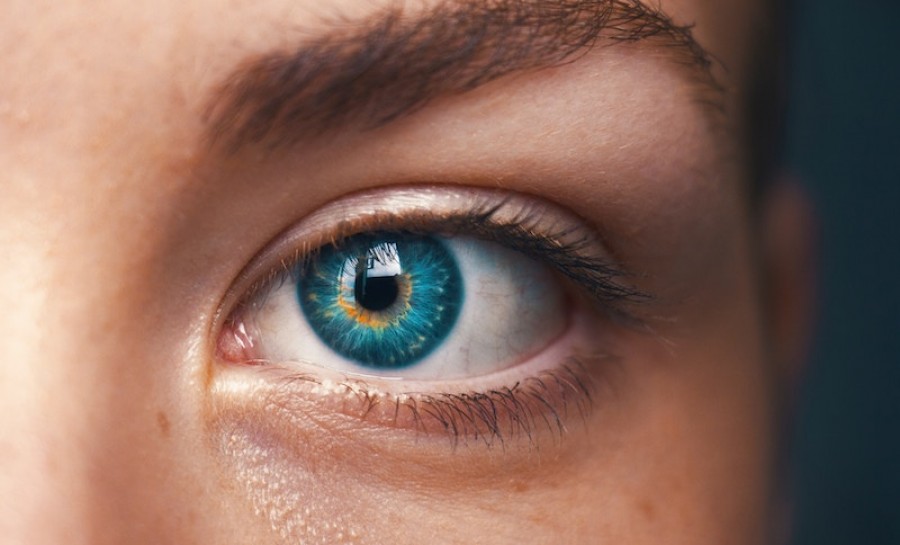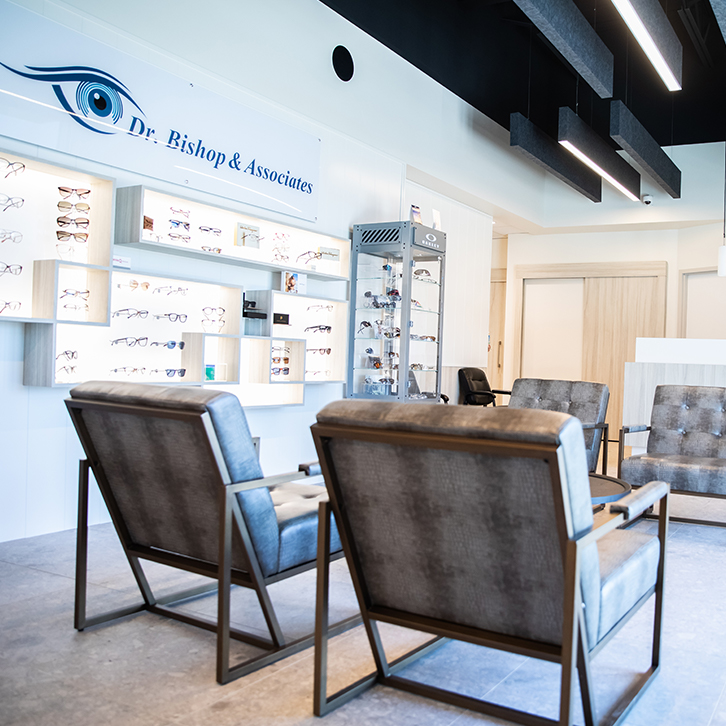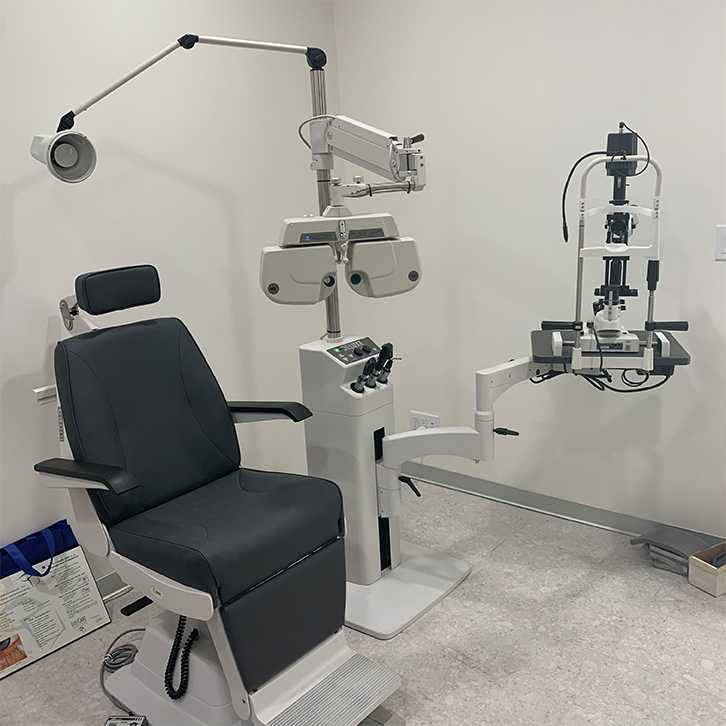Normal or Not? Here Are 6 Things You May Experience While Adjusting to Contact Lenses
For nearly 135 million people worldwide, contact lenses provide precise, comfortable vision correction. Removable lens options provide both teenagers and adults natural-looking, low-maintenance control over their vision. Each year, contact lenses improve, making them more practical and economical for more people.
Whether you’re switching to contact lenses for the improved corrective prescription or just purchasing a pair to wear during sports matches, new lenses can be a big change. Just like any other eyewear change, contacts require an adjustment period. But, if you’ve never had contacts before, how do you know if your eyes are adjusting properly?
Before you leave your eye care practitioner’s office, he or she will give you instructions for use and care of your new contacts. It can take between 10 to 12 days to fully adjust to your lenses. Once you begin using the lenses on your own, watch for these # side effects during the adjustment period.
Normal Side Effects
Because wearing contact lenses means placing a foreign object on the surface of your eye, it can take some getting used to. You may experience mild eye issues, like those listed below.
1. Blurry Vision
Some blurriness is common for new contact lens wearers. The distortion usually results from dryness. To counteract the moisture loss, talk to your eye care practitioner about medicated eye drops or pick up over-the-counter drops from your favourite drugstore.
Do not drive or bike while experiencing blurry vision. If you have to travel, remove your contacts and use glasses instead to reduce the risk of an accident.
2. Discomfort & Tearing Up
When adjusting to new contact lenses, it’s common to experience increased blinking or more tearing than usual. These symptoms are typically temporary and should subside after a few uses.
As you continue wearing your lenses, you’ll start to recognize what feels normal. If you experience discomfort after inserting your lenses, remove them, rewet with solution, and try again. This simple step often helps alleviate mild discomfort and irritation. However, if symptoms persist, consult with your eye doctor to ensure proper lens fitting to avoid discomfort and excessive tearing.
3. Eye Fatigue
Eye fatigue is a common issue when adjusting to contact lenses, especially for new users. It often occurs as your eyes adapt to wearing lenses for extended periods. Symptoms like tired, strained, or dry eyes are normal but can be managed with simple adjustments.
To prevent eye fatigue, start by wearing your contact lenses for just a few hours a day, gradually increasing wear time. Use rewetting drops or lubricating eye drops to keep your eyes hydrated and reduce dryness. Taking breaks and giving your eyes time to rest can also alleviate strain.
Always follow the manufacturer’s guidelines and your eye doctor’s recommendations for lens care. Watch out for the following main guidelines from the manufacturer:
- Disposal date
- Length of wear
- Proper cleaning and storage
- Whether or not the lenses can be worn overnight
If eye fatigue or any of the normal symptoms persist or worsen, consult an eye doctor to ensure your lenses fit correctly and meet your eye health needs.
Unusual Side Effects
Most uncomfortable side effects of contact lenses come either from improper use or a problem with the lenses themselves. Improper use may include:
- Cleaning your lenses with a solution not intended for those specific lenses
- Neglecting to wash your hands before inserting or removing your lenses
- Storing your lenses in the wrong conditions
- Wearing lenses for too many consecutive hours or past their expiration date
Unusual side effects can also result from lens defects, or incorrect lens brand or type. These side effects may include the following.
4. Eye Strain
Eye strain presents differently from person to person, but is often marked by the following symptoms:
- A burning sensation
- Double vision
- Headache
- Light sensitivity
- Neck, back, and shoulder pain
Often, eye strain indicates an issue with the type of contact or the length of wear. If you experience eye strain, remove your contacts to let your eyes rest. Consult with your eye care practitioner to evaluate the contacts themselves and your use of them.
5. Infection
Eye infections can cause irritation, discolouration, or vision disturbances. Most often, contact wearers contract infections as the result of misuse. The following guidelines can help you avoid infection:
- Avoid eye makeup while you adjust to new contact lenses
- Do not swim or use a hot tub while wearing new contacts
- Keep your contacts clean
- Store your contacts according to the manufacturer’s specifications
If you develop an eye infection, stop using your contacts immediately and contact your eye care practitioner for treatment.
6. Prolonged Irritation
As mentioned above, some minor irritation is normal. However, if your discomfort persists for more than two weeks or increases suddenly, this can indicate a problem with your lenses or a more serious eye condition.
Discontinue use of your contacts until you can schedule an appointment for evaluation by your eye care practitioner.
For most wearers, contacts provide safe, clear vision correction. Chances are good that you will not experience any long-term discomfort or vision issues after you’ve adjusted to your new lenses. Most initial problems will vanish as you practice wearing and caring for your contact lenses.
During your adjustment period, note any unusual side effects and report them to your eye care practitioner. With proper care and attentiveness, you’ll be enjoying the precise vision adjustment contacts provide.
While you may experience a minor struggle when switching to contact lenses for the first time, these are definitely the best solution for your optical needs. The many long term benefits like comfort and precise vision outweigh the initial struggle.



















